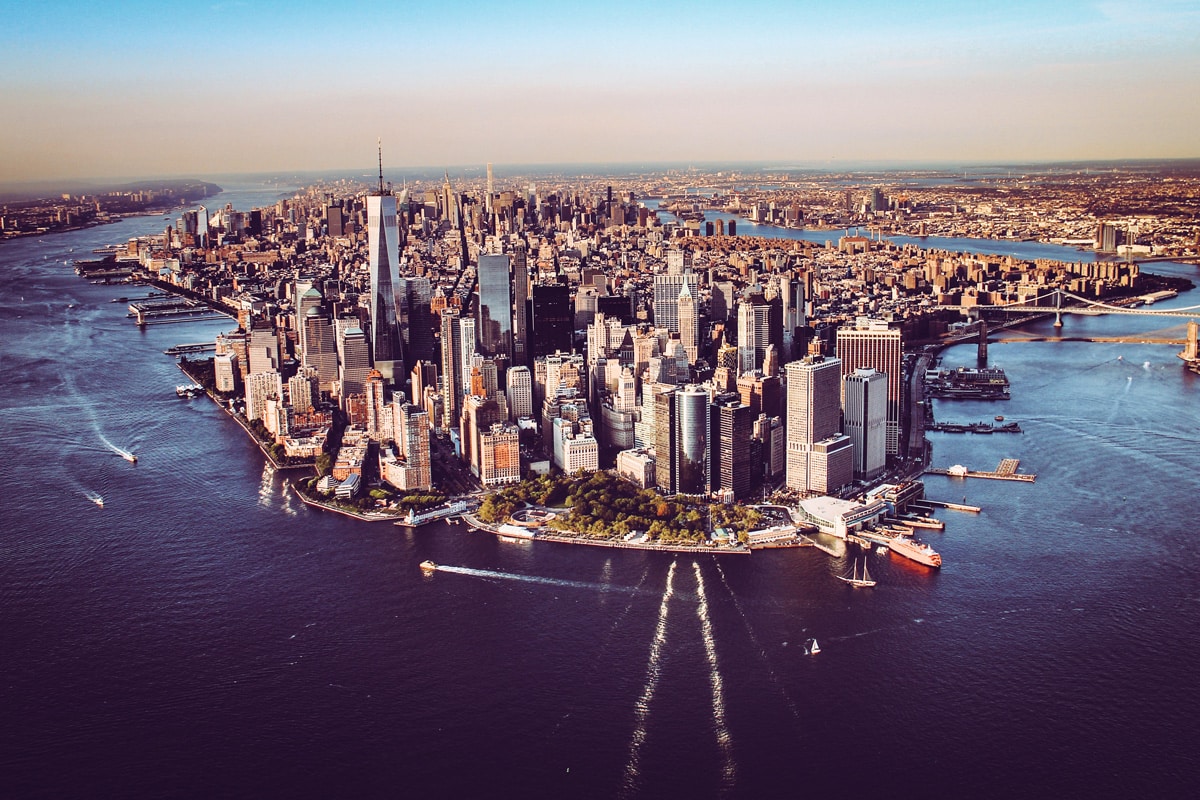New York City (NYC) is sinking, 2 millimeters each year, according to a new study published in May in the journal Earth’s Future.
NYC is home to over 8 million people as well as 1 million buildings across the city’s five boroughs.
The buildings of the metropolis is contributing to the slow sinkage under the weight of its skyscrapers and homes, the study said, calling it “subsidence.”
These structures, add up to almost 1.7 trillion tonnes (1.5 trillion metric tonnes) of concrete, glass and metal, the study said, which is causing it to be pressed down on the Earth.
“A deeply concentrated population of 8.4 million people faces varying degrees of hazard from inundation in New York City,” researchers wrote.
According to lead geophysicist Tom Parsons from the US Geological Survey, New York City is facing a growing risk of flooding due to a combination of factors including sinking land, rising sea levels, and stronger hurricanes fuelled by climate change.
However, he said “it’s not something to panic about immediately but there’s this ongoing process that increases the risk of inundation from flooding.”
The authors of the study also emphasised that this risk is not unique to New York City but will be shared by many coastal cities worldwide as the climate crisis worsens.
Effects of sea level rise and land sinkage in New York City
The sinking of land in New York City is exacerbating the effects of sea level rise, which is occurring at twice the global average.
The melting of glaciers and the expansion of seawater due to global heating are contributing to this accelerated sea level rise. Since 1950, the water surrounding New York City has already risen by approximately 9 inches (22cm), the study said.
The researchers predict that by the end of the century, major flooding events caused by storms could be up to four times more frequent than they are currently. This increased frequency is attributed to the combination of rising sea levels and hurricanes that are intensified by climate change.
Parsons also pointed out that the softness of the soil in the city contributes to the problem, as the weight of large buildings causes further compression of the ground.









